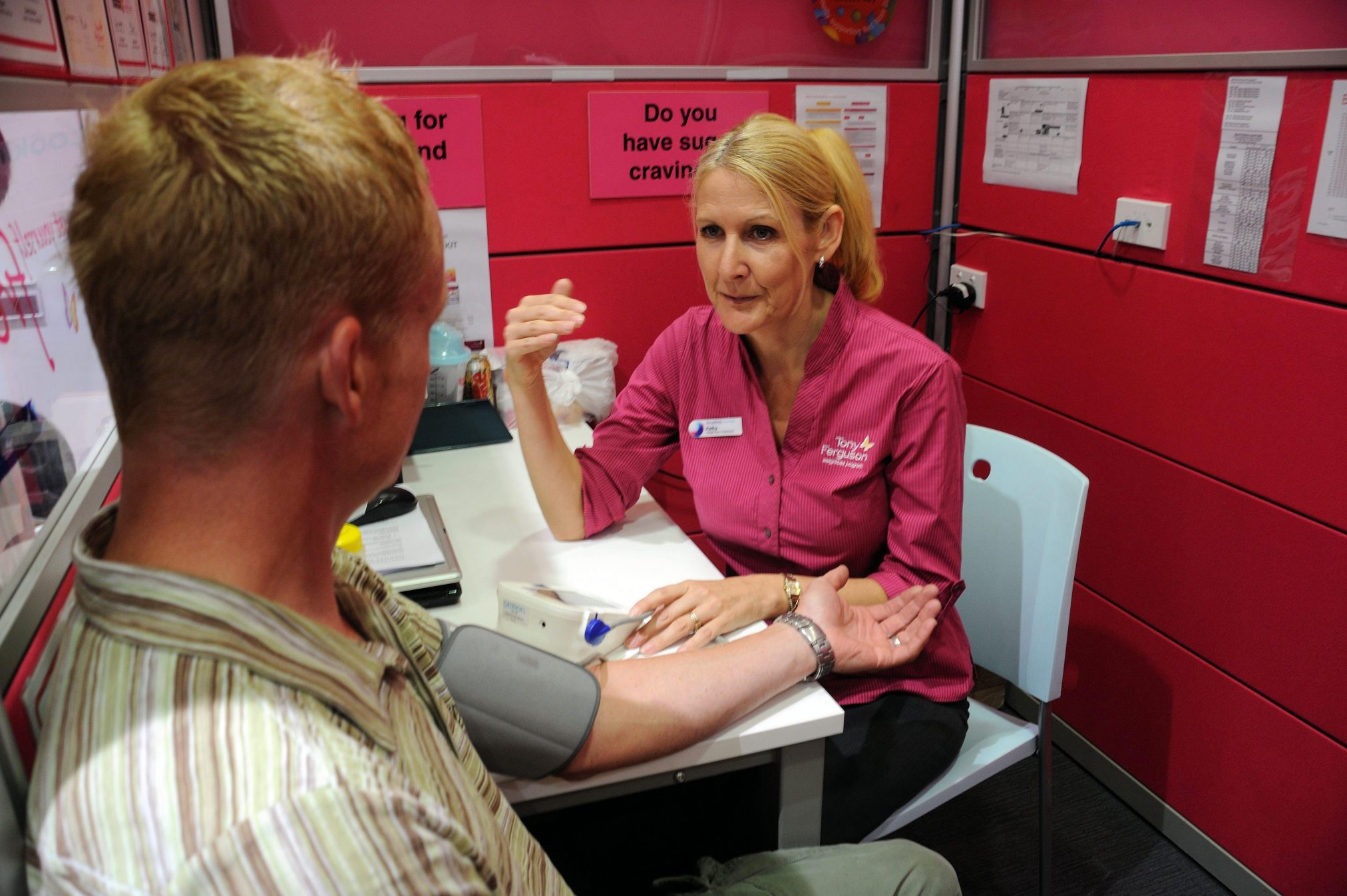News
Positive Results for Pharmacist-led BP Monitoring
 Hypertension management in community pharmacy gets thumbs up from participants, but questions remain about funding. Sydney researchers have conducted a qualitative study to explore patients’ thoughts and experiences following a trial of pharmacist-led hypertension management.
Hypertension management in community pharmacy gets thumbs up from participants, but questions remain about funding. Sydney researchers have conducted a qualitative study to explore patients’ thoughts and experiences following a trial of pharmacist-led hypertension management.
The group of researchers from the University of Technology, the University of Sydney and the University of Newcastle found patients’ experiences of the service were “extremely positive”, especially surrounding pharmacists’ monitoring of blood pressure and provision of advice about medication adherence.
Thirty-eight patients were recruited to participate in the trial in community pharmacies across selected metropolitan regions in Sydney, with participants divided into three groups: control (usual care), short intervention, and intervention.
All participants received pharmacist-led blood pressure assessment at baseline, while patients in the two intervention groups had further blood pressure checks, adherence assessments, recommendations to their GP for therapy adjustments, and follow-up (short intervention follow-up to three months, intervention follow-up to 12 months).
Eighteen patients agreed to be interviewed afterwards by an independent researcher not connected with the trial, comprising seven participants from the control group, five from the short intervention group, and six from the intervention group.
All of the patients’ relayed extremely positive experiences of having the pharmacist monitor their blood pressure, say the authors. Descriptors used included ‘excellent’, ‘very, very good’, ‘helpful’, ‘efficient’, ‘convenient’ and ‘friendly’, with little variation between study groups. Only one patient, who was in the control group, described their experience as ‘satisfactory, there were no problems’. Feedback showed most patients regarded the service to be valuable but saw it as “complementary, rather than as an alternative, to GP services.”
“Overall, there was a general sense that both the pharmacist and the GP should offer such a service, where the pharmacy service was complementary to that offered by the GP, and recognising that the pharmacist would appropriately refer that patient back to the GP when required,” write the authors.
A key issue was the affordability of the service, the researchers found, with many patients saying they would be unwilling to pay for such a service as many were pensioners and could access the GP for free under Medicare. The majority said they believed the government – or Medicare – should pay for the service, while a few indicated a willingness to pay for the service provided they could afford to do so. “The pharmacy service provided reassurance for patients, increased awareness about their health (BP) status, and for those with elevated BP, it triggered self-management behaviours and an increase in medication adherence. “However, funding the implementation of such services needs to carefully consider patients’ low willingness to pay for these, given the free services offered by some GPs,” the authors conclude.
More information on Blood Pressure Monitors can be found in the education module below.
Original article from International Journal of Pharmacy Practice, online 16 Sept 2016
Source: ajp.com.au/news/positive-results-pharmacist-led-bp-monitoring/, viewed 27 September 2016
